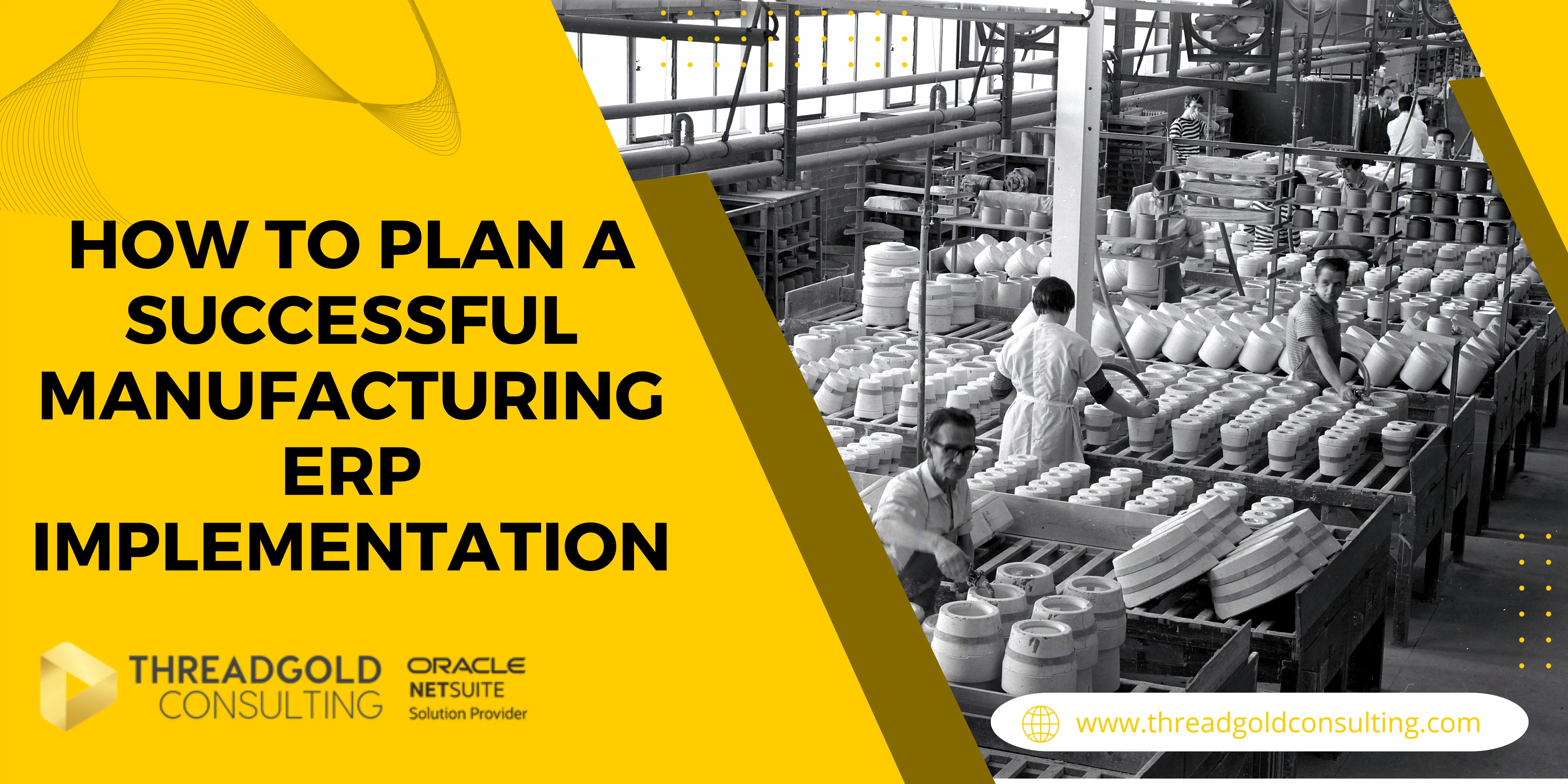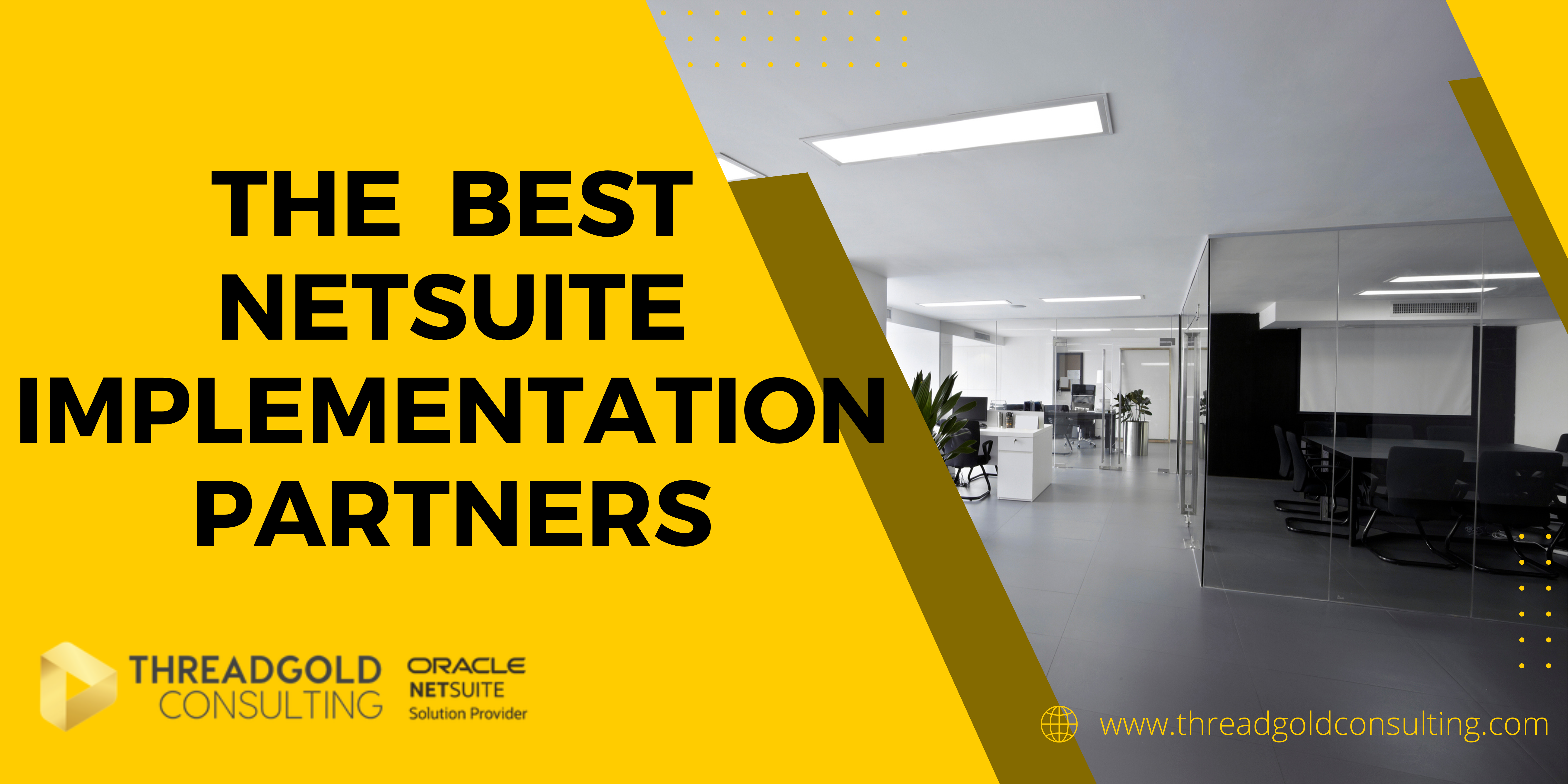Switching to a new ERP system can transform how a manufacturing business runs, but only if it’s done with care. Too many companies dive in with good intentions and end up with cost overruns, confusion, and frustrated staff. A good plan keeps things steady, connects your warehouse and stock processes properly, and avoids surprises that slow production down.
This guide breaks down practical steps for a successful rollout, explains how Warehouse Management Systems (WMS) and Inventory Management Systems (IMS) work together, and shares lessons from real companies that got it right (and wrong!)
Key Steps in a Successful Manufacturing ERP Implementation
Planning and Requirements Gathering
Good planning starts with a clear look at how work happens today. Many projects stall because no one stops to map daily tasks in detail. Gather a team with people who understand production, warehousing, purchasing, and sales. These are the people who see small problems before they grow.
Spend time outlining exactly where problems exist. Is stock often in the wrong place? Do production lines wait because raw materials run out unexpectedly? Are customer orders delayed because warehouse staff can’t find finished goods fast enough?
Once you see what’s happening, define what you want the new system to fix and what can wait until later. The goal is not a dream wish list but a realistic set of improvements that fit your budget, staff, and time. Be clear about how your WMS and IMS need to plug into the ERP so that orders, stock movements, and supplier data all stay in sync.
Selecting the Right ERP Vendor
The right software partner makes all the difference. Rushing this choice can lock you into a system that looks good in a demo but fails under real work. Take time to check that each vendor understands the unique pressures of a manufacturing floor and a busy warehouse.
Use a shortlist of practical questions to compare vendors:
- Show real demos: Ask vendors to run through your actual workflows, from receiving stock to shipping an order. This shows whether the system can handle your reality.
- Check WMS and IMS depth: Many ERP packages claim to include these tools but only offer basic tracking. Dig into how they handle barcodes, real-time updates, multiple warehouses, and reorder points.
- Ask for references: Talk to companies like yours. Find out what went well, what didn’t, and how well the vendor supported them after launch.
- Understand support and costs: Be clear about what’s included; data migration, training, upgrades, and help desk access. Small extra costs can pile up fast if you don’t ask early.
Data Migration and System Integration
One of the biggest hidden costs in any ERP project is cleaning up old data. Many manufacturers keep stock records in spreadsheets that haven’t been checked line by line for years. Errors here spread fast when moved to a new system.
Before migration, run a complete audit of part numbers, supplier details, units of measure, and stock levels. It’s tedious but worth it. Fresh data means smoother integration and more trust in what the new system says.
Integration matters just as much. Draw out where data needs to flow; from the ERP to machines, barcode scanners, handheld devices, and any older software you still use. Run tests using real tasks like placing a sales order, receiving materials, and picking goods for delivery. If connections fail under test, they’ll fail under real pressure too.
Testing and Quality Assurance
Before launch day, test everything the new ERP, WMS, and IMS are meant to handle. Focus on real end-to-end tasks such as taking an order, receiving goods, tracking stock, shipping to customers.
Small problems multiply when the system goes live, so hunt for weak spots now. Test edge cases too: returns, damaged stock, urgent order changes. Keep a simple log of tests, fixes, and who’s responsible for checking again.
User Training and Change Management
No ERP works unless people trust it. That trust comes from clear, practical training and honest updates about what’s changing. Involve your team early. They see the real pitfalls that software alone won’t fix.
Good training works best when it feels real. Use your products, your workflows, and your everyday problems in test scenarios. Train all shifts, not just day crews.
Keep staff in the loop with short updates during the project. Make it easy for them to ask questions or raise concerns. Many companies choose a few ‘super users’ to guide others, but these people need support too, so they don’t get overwhelmed.
Go-Live and Post-Go-Live Support
A calm launch day means your prep paid off. Have extra staff on the floor to help solve unexpected issues. If possible, keep your old system running for a short overlap to catch problems before they turn into lost orders or missing stock.
In the first few weeks, meet daily to check for bugs and confusion. Fix small issues before they frustrate staff. After a month, run a full review of what works well, what needs adjusting, and what lessons to note for future upgrades.
Understanding WMS and IMS in Manufacturing ERP
What Is a Warehouse Management System (WMS)?
A WMS controls the physical side of your warehouse. It tracks where goods are stored, how they’re moved, and which staff pick, pack, and ship them. Good WMS tools handle tasks like scanning barcodes, directing pick routes, and updating stock levels in real time.
Without a WMS, smaller warehouses often rely on spreadsheets or manual checks. But when volumes grow, errors do too and a WMS helps keep control without constant fire-fighting.
What Is an Inventory Management System (IMS)?
An IMS focuses on tracking your stock levels not just in the warehouse, but across your entire operation. It monitors raw materials, finished goods, reorder needs, and stock forecasts. An IMS works with purchasing and production, so you have enough stock on hand without over-ordering.
Most modern ERP systems include IMS features. They work best when matched to real-world workflows, not just the default settings.
How Are WMS and IMS Different?
It’s common to hear these terms mixed together, but they solve different parts of the same puzzle.
- A WMS handles the warehouse: It manages daily tasks like receiving stock, storing it properly, picking orders, and shipping out goods. It cares about aisles, bins, and physical movement.
- An IMS manages the stock picture: It checks how much you have, when to order more, and how changes in production affect stock levels company-wide.
Many small manufacturers start with an IMS only. When orders grow or warehouse work gets more complex, they add a WMS to control picking, packing, and shipping more precisely.
How WMS and IMS Connect to ERP
Think of the ERP as the central nervous system. The WMS and IMS feed it real data about what’s happening on the floor and in stock. When stock arrives at the dock, the WMS logs it and updates the ERP. When production uses parts, the IMS adjusts stock levels and signals when it’s time to reorder.
Together, these tools stop mistakes that slow production or upset customers.
Best Practices for Implementing ERP with WMS and IMS
Keeping your data and warehouse processes clean makes or breaks how well your system works day to day. Here are practical habits that help:
- Run cycle counts: Small, rolling checks catch stock problems early before they turn into big write-offs.
- Label clearly: Consistent bin labels and part numbers reduce picking errors and speed up scanning.
- Train staff to fix mistakes as they find them: A simple habit of correcting errors on the spot keeps your system accurate and saves hours later.
- Keep workflows simple: When picking, packing, and storage steps are clear, even new staff can follow them correctly.
Case Studies and Real-World Examples
Toyota’s Lean Manufacturing ERP Rollout
Toyota’s lean system depends on tight connections between ERP and warehouse processes. Real-time stock data ensures parts arrive exactly when needed. By linking systems, Toyota keeps costs down and production steady without storing more than they need.
Nike’s ERP Failure; Lessons Learned
Nike’s supply chain upgrade in the early 2000s shows the risk of poor integration. Their forecasting tools didn’t match real warehouse data. The result? The wrong shoes in the wrong stores. Sales dropped, stock piled up, and the project ran millions over budget. The lesson: test your data and real tasks, not just the software demo.
How to Choose the Right Partner for Your Manufacturing ERP Implementation
Choosing well starts with clear questions:
- Does the system handle WMS and IMS at the level you need?
- Will they help clean and move your old data?
- Can you add users or features later without big new fees?
- Do they have other manufacturing customers you can call?
- What support do you get once you go live?
Watch for red flags: vague answers, limited support, or surprise costs. If a vendor won’t show real workflows or share honest references, move on.
FAQs
Q: What are the key steps within a successful manufacturing ERP implementation?
A: The key steps within a successful manufacturing ERP implementation are planning/requirements gathering, software and vendor selection, building the system through data migration and system integration, user training and finally, testing.
Q: What is a warehouse management system (WMS) and how is it different to an inventory management system (IMS)?
A: A warehouse management system is essentially a piece of software that is in charge of organising and optimising where you store your stock (your warehouse). It tracks where goods are stored, how they’re moved, and which staff pick, pack, and ship them. On the other hand, an inventory management system is in charge of managing stock levels across the whole company, not just the warehouse. It monitors raw materials, finished goods, reorder needs, and stock forecasts.
Q: Can you integrate a WMS, IMS and ERP easily?
A: Yes, it's very standard to integrate these 2 tools with your ERP. In fact, a lot of ERP's offer these are add on modules, so you don't even need to worry about extra integrations, you can just purchase the modules (like in NetSuite!).
Q: How do I make sure I'm choosing the right partner for my manufacturing ERP implementation?
A: Make sure you do a lot of background research, and don't just focus on one partner. Speak to lots of different partners from different software's, ask them to give you examples of past manufacturing ERP implementations, ask for references, ask them questions about specifics within your business that should highlight their expertise. You don't have to sign anything before you are ready, and it's not uncommon for prospects to request a business requirements document (BRD) is produced collaboratively. This way you can see their plan and it highlights whether the partner truly understands the complexities of your business





